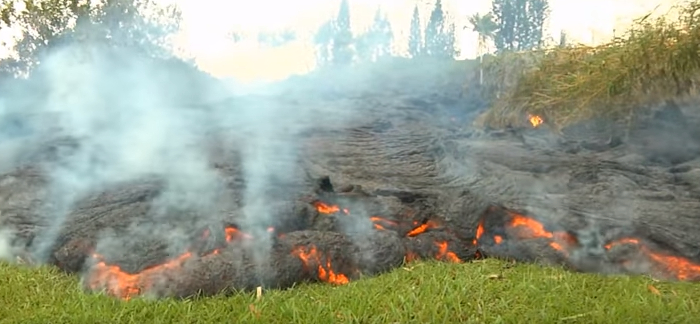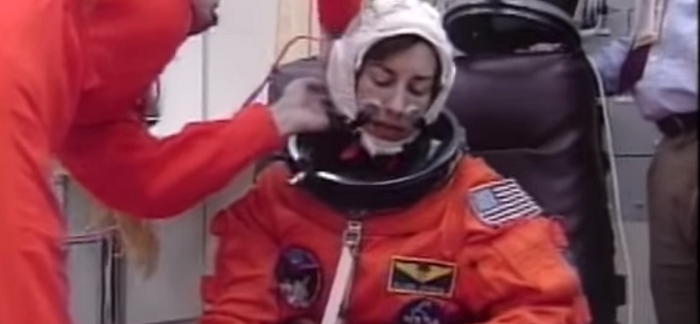Located on the southern portion of the island named Hawaii, Kilauea is both the youngest and most active volcano in the area. This hot spot has been almost constantly erupting from its vents or summit since it has been observed. It’s current eruption began in 1983, making it the longest known consistent eruption in history.
1. Life in Acid
Because of the consistent eruptions which occur, the local weather zone around the volcano often produces acid rains. This makes it difficult for life to exist in this area that is just south of Kilauea’s southwestern rift zone, but it still gets by undisturbed. Birds and sea turtles are especially prevalent in this area.
2. Research At the Rim
A research center has been at the rim of Kilauea since 1912 when Thomas Jagger began observing the eruptions of this volcano. To help support the research efforts, Woodrow Wilson also established the Kilauea volcano and the surrounding area as a national park in 1916, just before the US entered into World War I.
3. A Constant Tourism Emphasis
Hotels have been built around the Kilauea volcano since at least the 1840s. Tourism increased dramatically after the designation of the national park. You’ll find almost 3 million tourists come to the volcano every year to see the 30 year eruption and the surrounding beauty which the islands are able to provide.
4. Raise Your Shield
The landscape around the Kilauea volcano looks like a shield thanks to how the lava from the eruption flows from vents and then cools. Instead of accumulating into a tall mountain with high mounds, the lave spreads out for a great distance. Kilauea is only about 4,200 feet in height thanks to its gentle slopes and large mass.
5. A Misplaced Sacrifice
FDR visited the Kilauea volcano in 1934 and made the traditional sacrifice of ohelo berries to the Goddess of Fire Pele that the local population believed ruled the area. The volcano then erupted two months later.
Kilauea defines what Hawaii is in many ways. It is beautiful, unique, and provides visitors with a chance to see something in relative safety that cannot be seen anywhere else in the world.




